Beyond "Woke": Understanding Gender and Sexuality in the 21st Century
The term "wokeness" has become a loaded one, often used dismissively to describe progressive stances on social justice issues. However, the conversation surrounding gender and sexual identity goes far deeper than a trend. It's about understanding the spectrum of human experience and challenging societal norms that have historically excluded and marginalized people.
This article aims to move beyond the "woke" label and explore the complexities of gender and sexuality in today's world.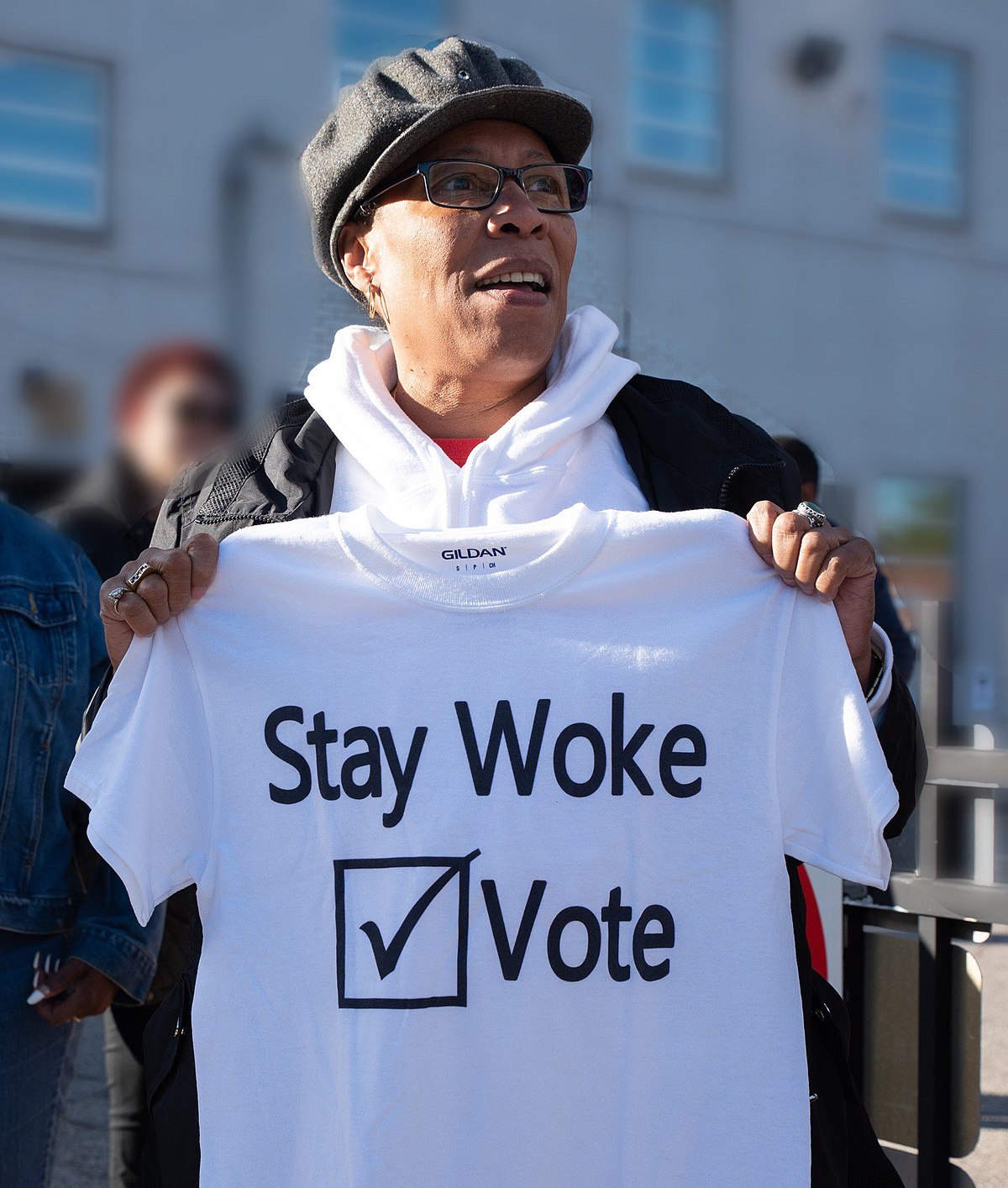
Deconstructing the Binary:
For centuries, Western society has functioned under a binary system: male/female, masculine/feminine, straight/gay. This rigid framework assumes a clear-cut division between genders and sexual orientations. However, the lived experiences of many people defy these categories.
- Gender Identity vs. Sex Assigned at Birth: Sex assigned at birth is typically based on physical anatomy, while gender identity refers to a person's internal sense of being male, female, or neither. This distinction is crucial for understanding transgender individuals, who identify with a gender different from their assigned sex.
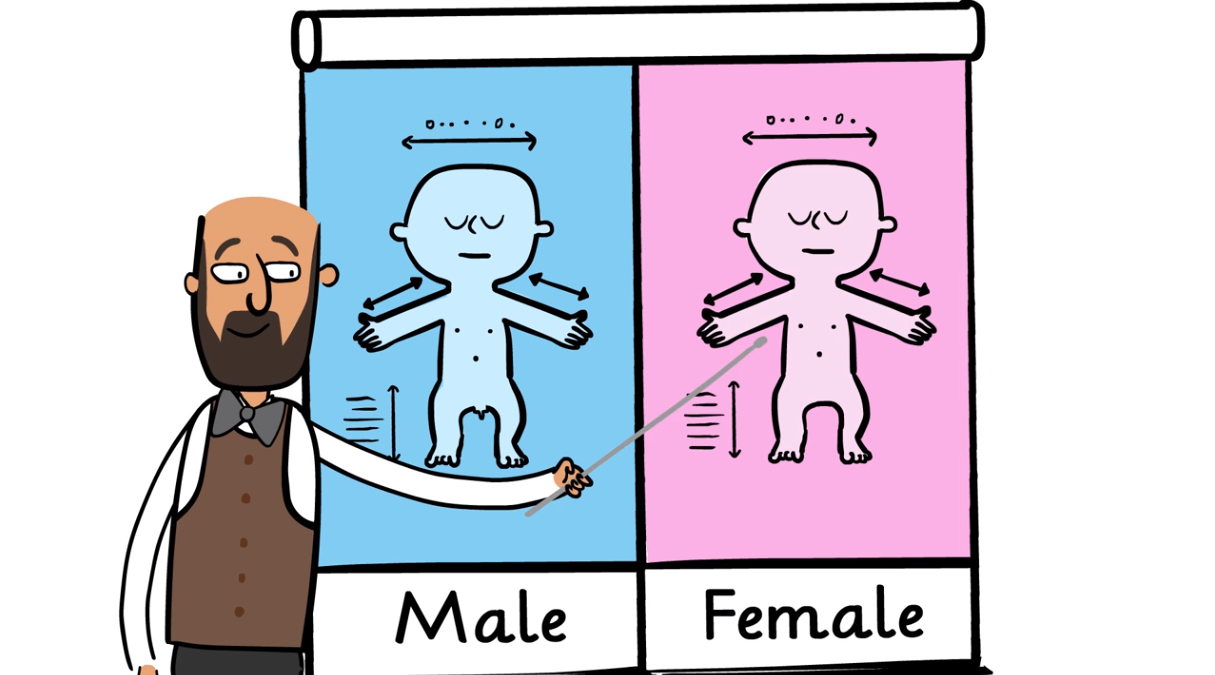
- The Gender Spectrum: Beyond the binary, lies a spectrum of gender identities. Some individuals may identify as non-binary, meaning their gender doesn't fit neatly into "male" or "female." Others may identify as genderfluid, their gender identity changing over time.

Understanding Sexual Orientation:
Sexual orientation refers to who a person is attracted to romantically and/or sexually. While straight and gay are two common categories, there's a broader spectrum:
- Lesbian, Gay, and Bisexual (LGB): These terms represent individuals attracted to people of the same sex (lesbian), same gender (gay), or both sexes (bisexual).
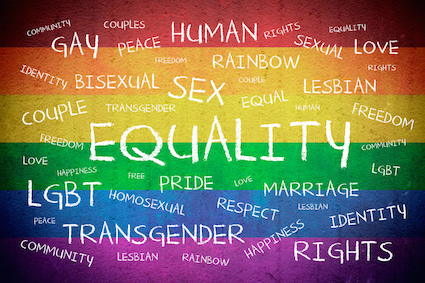
- Pansexual: Pansexual people are attracted to individuals regardless of their gender identity.
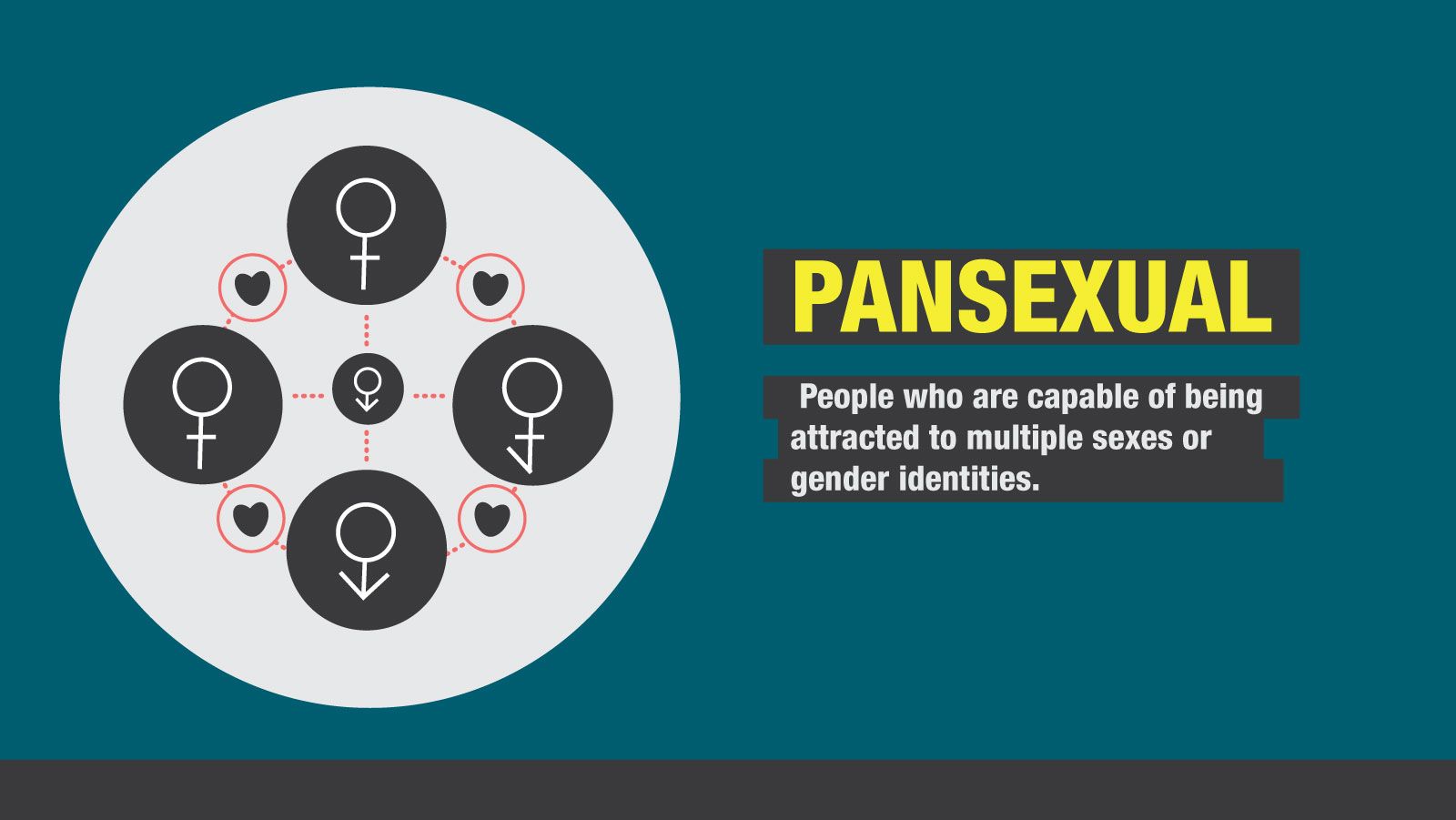
- Asexual: Asexuality refers to a lack of sexual attraction.
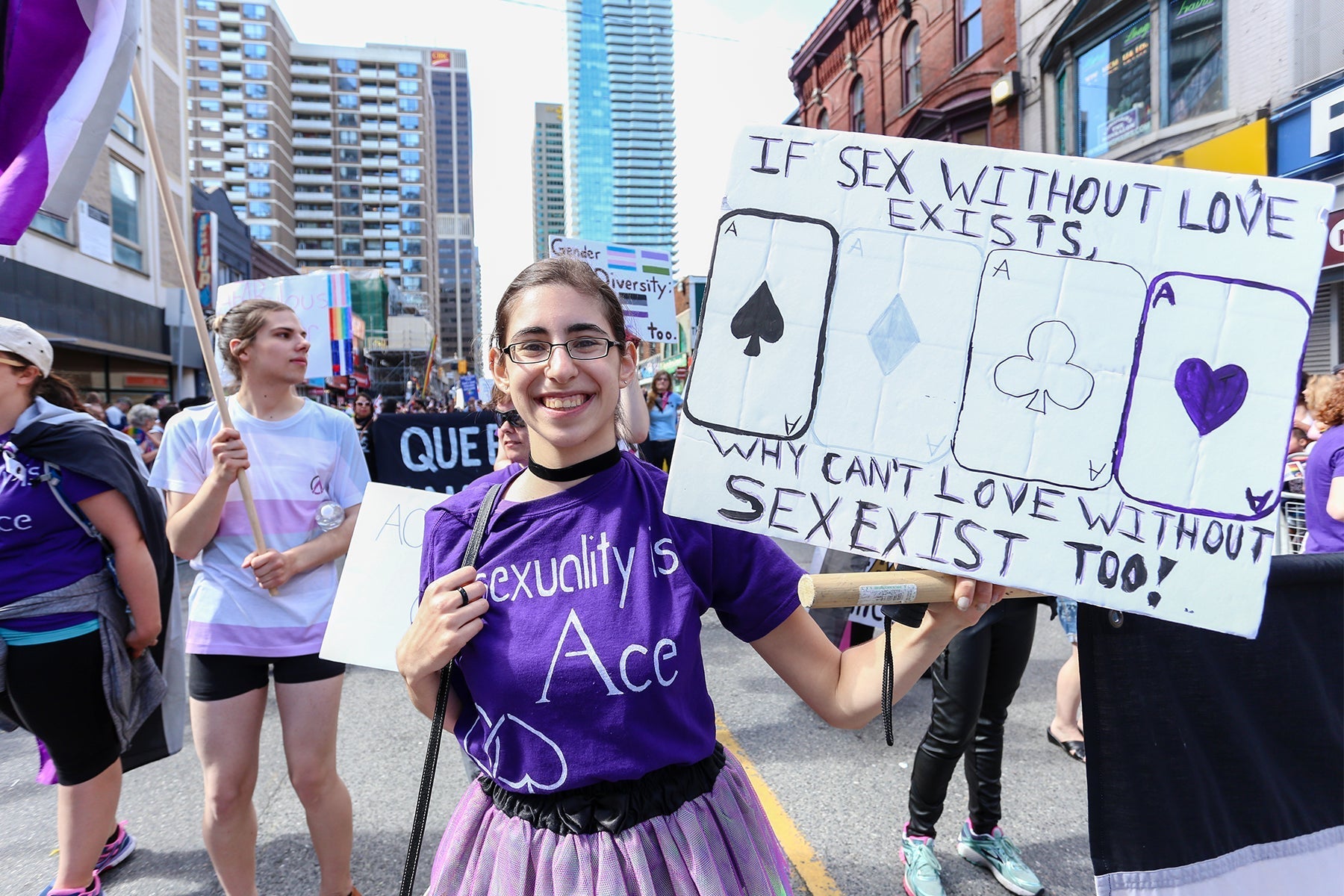
Beyond Labels:
It's important to remember that these are just labels, and individual experiences can be more nuanced. Some people may not identify with any specific label at all. The key is to respect someone's self-identification and use the pronouns they prefer (he/him, she/her, they/them, etc.).
The "Woke" Debate:
The push for LGBTQ+ rights has often been framed as "wokeness." Critics argue that it's an overcorrection, creating unnecessary complexity in social interactions. However, this perspective ignores the historical marginalization of LGBTQ+ individuals and the ongoing struggle for equality.
Here's where true "wokeness" comes in: acknowledging these inequalities and working towards a more inclusive society. This includes:
- Legal Protections: Ensuring LGBTQ+ people have equal rights in areas like marriage, employment, and housing.
- Combatting Discrimination: Addressing prejudice and violence faced by LGBTQ+ communities.
- Education and Awareness: Promoting understanding through education and open dialogue.
Moving Forward:
The conversation around gender and sexuality isn't about policing language or imposing rigid ideologies. It's about creating a world where everyone feels safe and respected, regardless of their identity. This requires empathy, open-mindedness, and a willingness to learn. Here are some key takeaways:
- Respect Individual Identity: Believe people when they tell you who they are. Use their preferred pronouns.
- Challenge Assumptions: Don't make assumptions about someone's gender or sexuality based on appearance.
- Educate Yourself: Seek out resources from credible LGBTQ+ organizations to learn more.
By moving beyond the "woke" label and fostering open dialogue, we can create a more inclusive future where everyone can thrive.

































